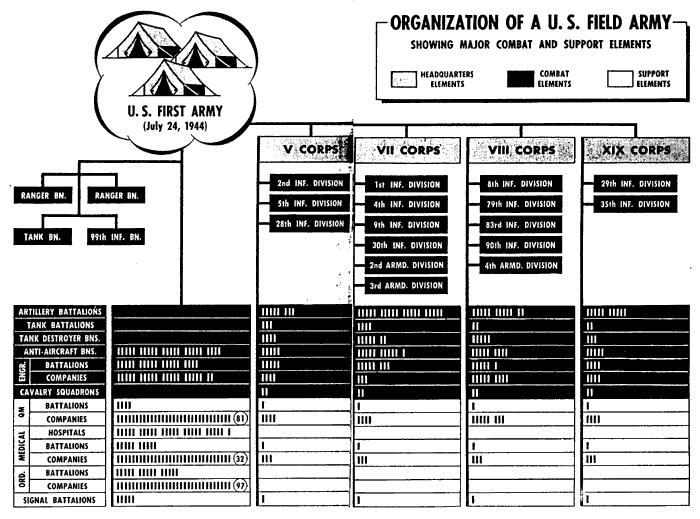


A candidate’s training began immediately, with an 8-mile march, and exercises were conducted with live ammunition and explosives to lend an extra layer of realism. The unit’s training regime was innovative for the period, physically demanding, and advanced from normal British Army training. Evans, J L (Capt), No 5 Army Film & Photographic Unitīy late 1940, they were organized into the Special Service Brigade, which consisted of four battalions. SSB landing on Queen Red Beach, Sword area. This was quickly approved, and on June 23, 1940, the first Commando raid occurred. Shortly before this, Staff Officer Lieutenant Colonel Dudley Clarke had submitted a proposal. Winston Churchill had called for “specially trained troops of the hunter class, who can develop a reign of terror down the enemy coast”. The first instance of modern Special Forces arose in 1940 during World War II. At 1,300,000 they eventually became the fourth largest Allied army in Europe. Their numbers grew to exceed 400,000 by mid-1944, and the forces participated in the Normandy landings and the invasion of southern France.
#Ww2 army sizes brigade free
The Armée d’Afrique formally united with Free French Forces to create Armée française de la Liberation in 1943. The Royal Air Force, Soviet Air Force and British SAS also saw help from the Free French until a larger, unified commands were established. The Free French Navy acted as a supplemental force to the Royal Navy in the North Atlanctic and to the Royal Canadian Navy. Along with their campaign against Axis forces, they fought against the Vichy regime (Nazi occupied territories in French regions), and served on battlefronts from the Middle East, Indochina and North Africa. The Free French Forces began in London in June 1940 and supported the French Resistance in occupied France. By Office of War Information, Overseas Picture Division. Led by Charles de Gaulle (a French general who rejected the armistice) and effectively a government-in-exile, they continued to fight against Axis powers as part of the Allied forces.Ĭharles de Gaulle. The Free French Forces (known as France Libre and Forces françaises libres) formed during World War II.

They earned 2734 bravery awards, but suffered around 32,000 total casualties. 250, 280 Gurkhas served across 40 battalions, as well as eight Nepalese Army battalions, Parachute, training, garrisons, and porter units in close to every theatre of war. Gurkhas also fought in Syria, North Africa, Italy, Greece they fought against the Japanese in the Burmese jungles, northeast India and Singapore.Ī large number of men were recruited for non-Gurkha units such as paratroopers, signals, engineers, and military police. These were established across India to help maintain peace and defend rear areas. In 1940, after the Dunkirk evacuation of the British Expeditionary Force, the Nepalese government increased the Gurkha battalions’ collaboration with the British to 35. There were ten Gurkha regiments during World War II, consisting of two battalions that totaled twenty pre-war battalions. It was normal practice for newly formed battalions to be posted to the North West Frontier for service before being sent to Africa, Burma or Italy.A statue in memorial of Gurkha soldiers. It was formed in September 1939, for service on the North West Frontier. The Wana Brigade was an Infantry formation of the Indian Army during World War II.


 0 kommentar(er)
0 kommentar(er)
